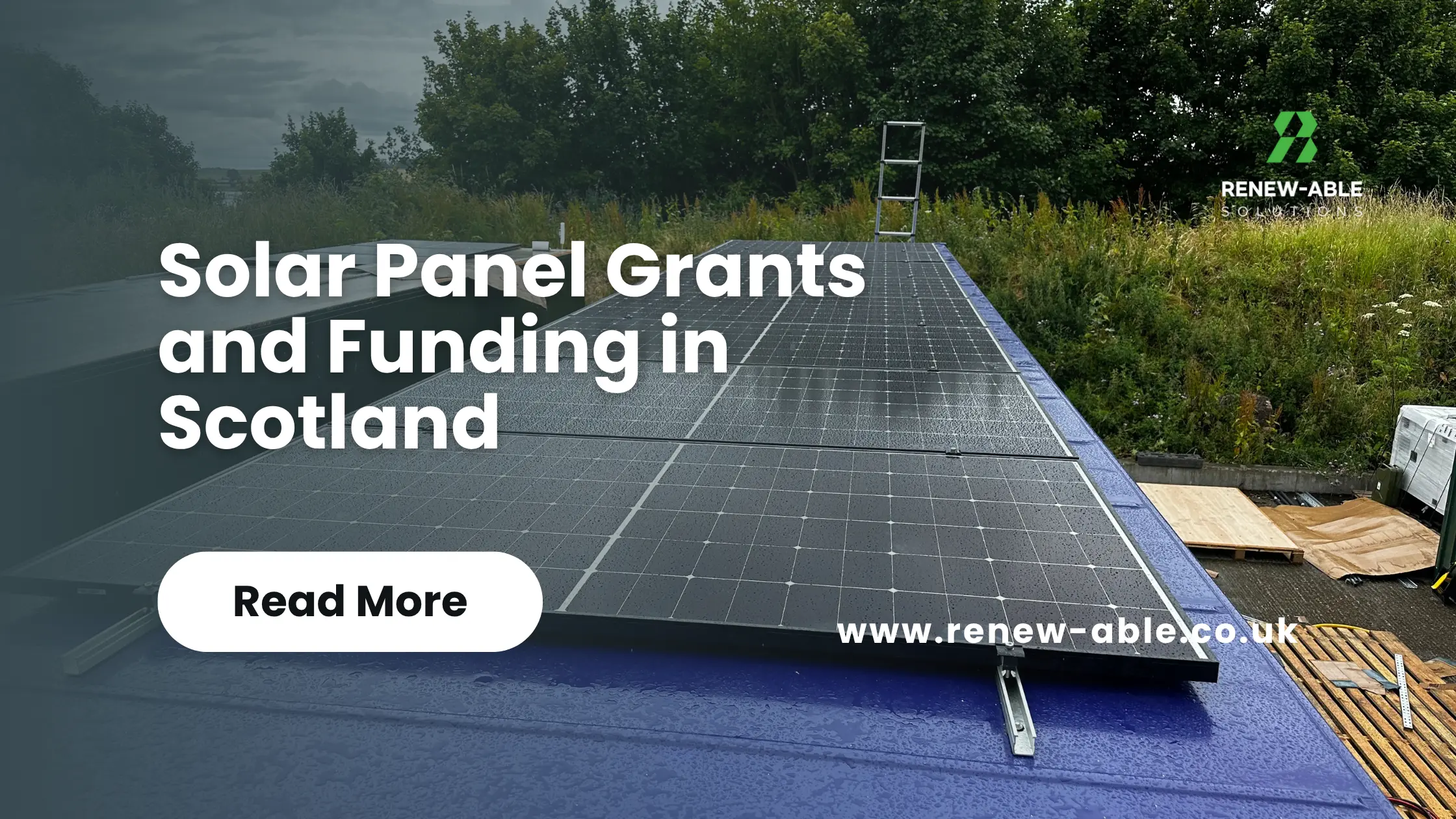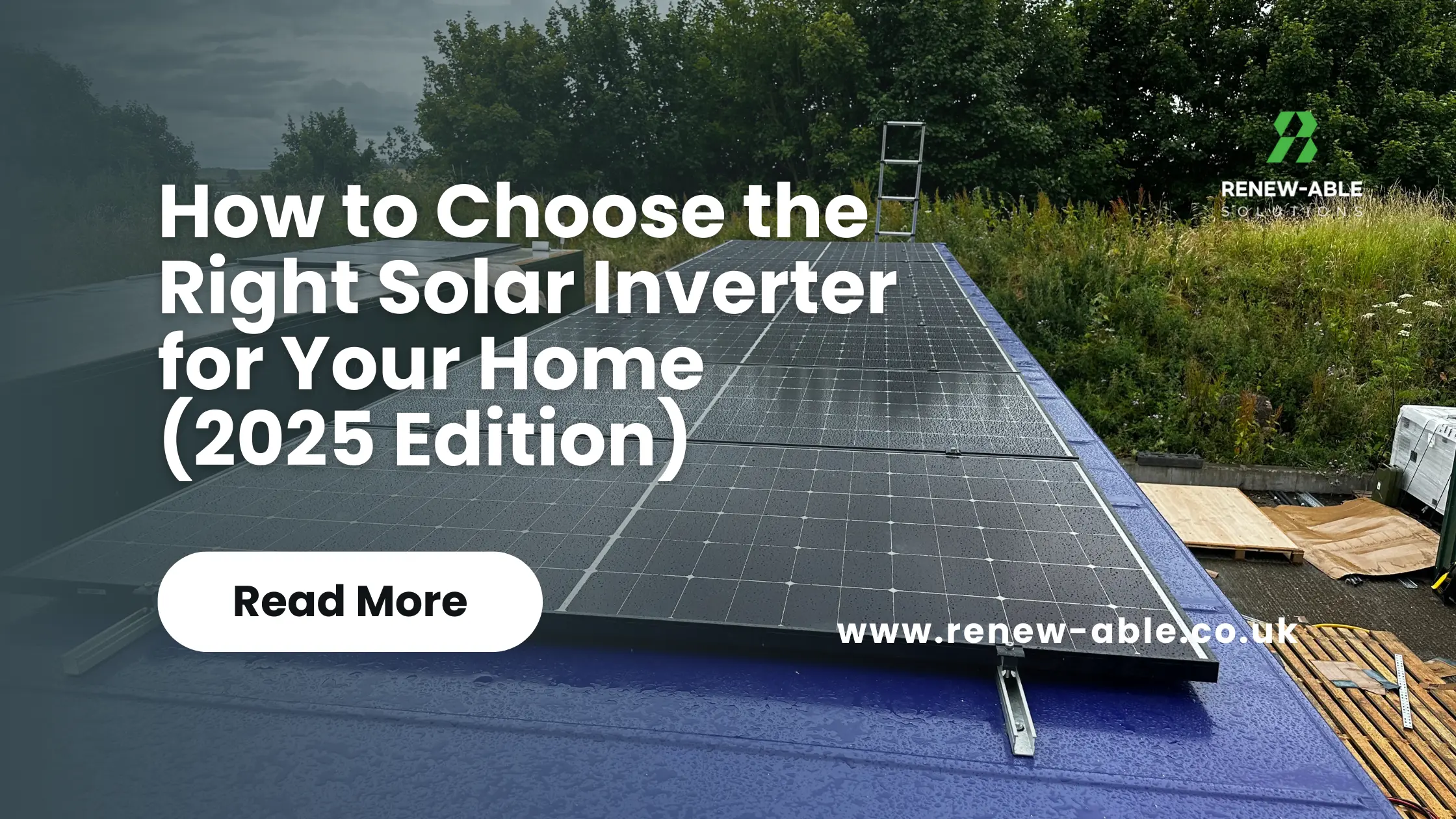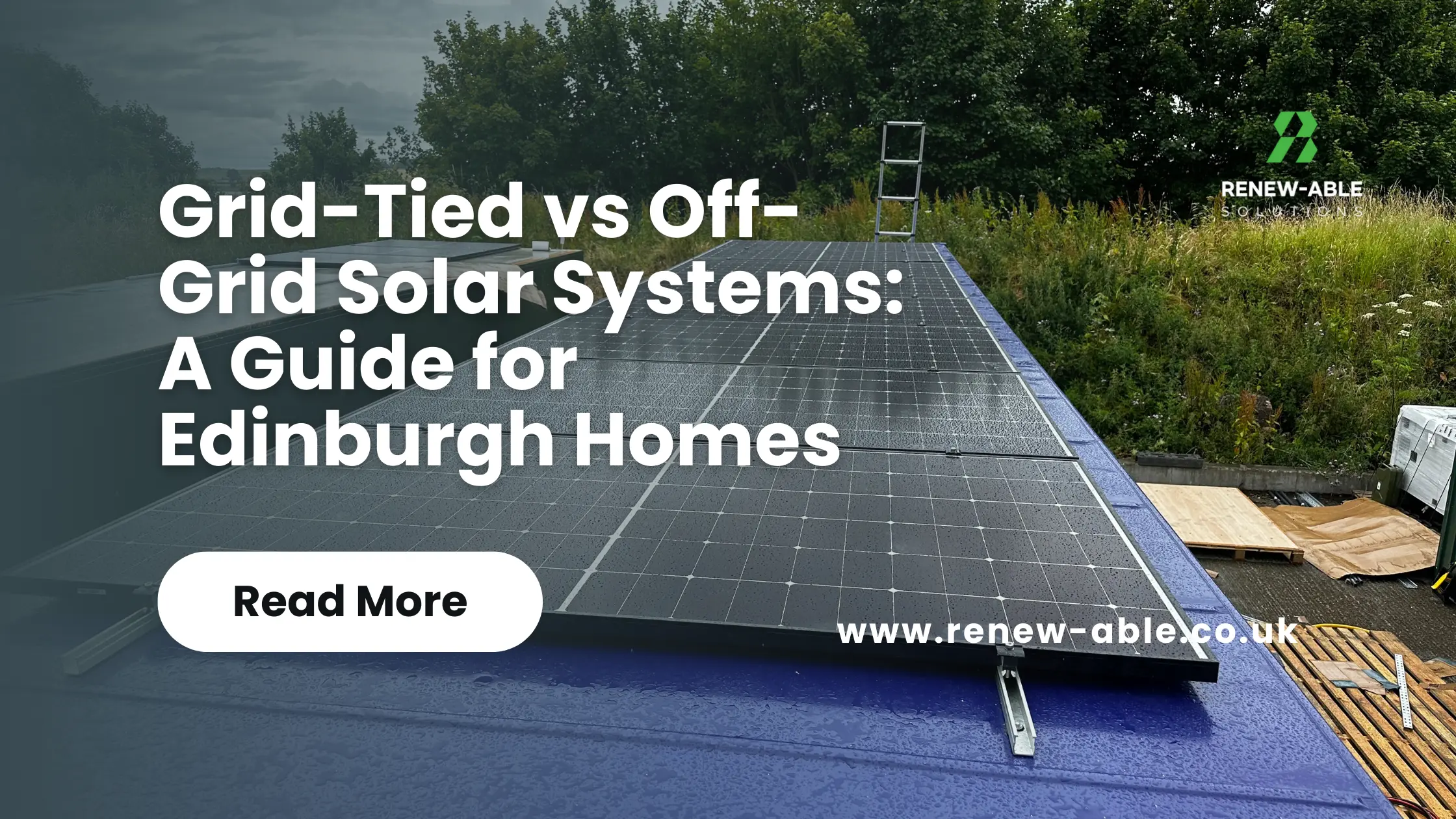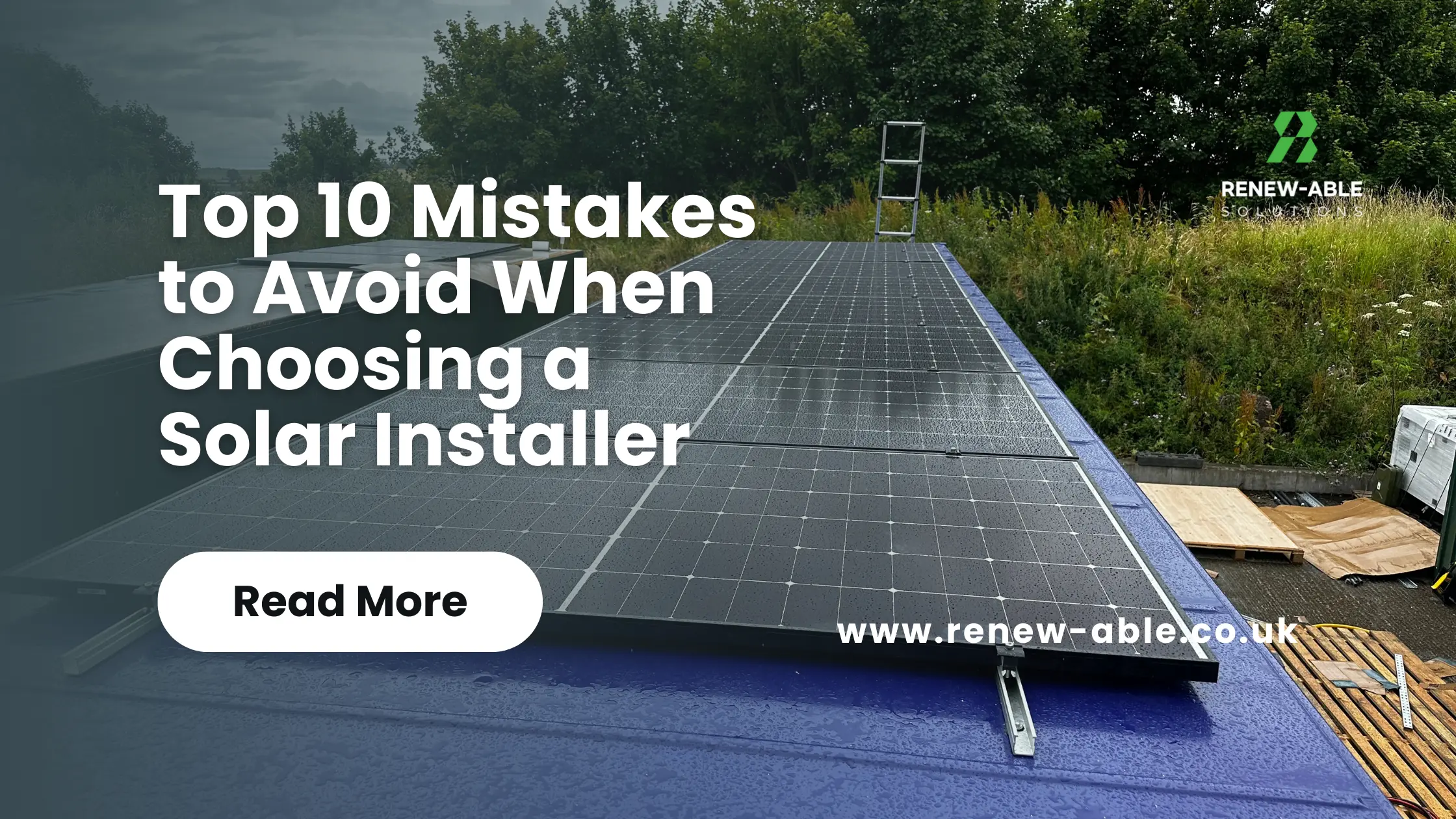
The Smart Export Guarantee (SEG) has now been in effect for over two years, since it came into law on January 1st 2020. It’s the mechanism to ensure solar PV owners are paid for the power they send to the grid, ending the policy void that existed since the Feed-in Tariff closed to new applicants in March 2019.
According to the SEG, energy suppliers with over 150,000 customers must offer an export tariff with a rate greater than zero. The SEG is available for customers with an MCS-certified renewable energy system under 5MW and a second generation smart meter.
With zero as the minimum, at the very least you can’t be charged for being relieved of excess solar power. However, suppliers don’t have to give you very much for it. So how much are they offering in practice?
SEG tariffs on offer
| Supplier | Tariff | Rate paid per kWh* | Exclusive to import customers? |
| Octopus | Tesla Energy Plan | 10-12p | Yes |
| Outgoing Fixed | 7.5p | Yes | |
| Outgoing Agile | Variable(tracking day-ahead wholesale price) | Yes | |
| SEG (export only) | 4.1p | No | |
| ScottishPower | Smart Export Variable Tariff | 5.5p | No |
| E.ON Next | Next Export Exclusive | 5.5p | No |
| Next Export | 3p | No | |
| So Energy | Smart Export Tariff | 5p | No |
| OVO | OVO SEG Tariff | 4p | No |
| SSE | Smart Export Tariff | 3.5p | No |
| Shell Energy | SEG Tariff | 3.5p | Yes |
| British Gas | Export & Earn Flex | 3.2p | No |
| Utilita | Smart Export Guarantee | 3p | Asked to confirm |
| Utility Warehouse | UW Smart Export Guarantee | 2p | Yes** |
| EDF | Export+Earn | 1.5p | No |
| E | E SEG | 1p | No |
*Rates correct as of the date of publication. Please see Solar Energy UK’s league table for more details.
**Unless your import is from a supplier that does not, or is not obligated to, make export payments.
There are encouraging rates available – some even higher than the 5.24p/kWh export component of the FiT before its closure to new applicants in 2019. While most are fixed rates, we can expect more dynamic pricing in future with the rise of smart metering. E.ON is offering a higher ‘exclusive’ rate to customers who have installed E.ON solar.
The low offerings from companies like EDF clearly just exist to comply with the law, while deterring microgenerators to avoid the hassle of managing their supply. It’s a shame these suppliers are missing the chance to engage with small-scale renewables (particularly as EDF boasts it’s “working 24/7 to help us reach Net Zero carbon emissions”), but it does leave the door open for the more innovative disruptors.
Tesla Energy Plan
Top of the league table for export tariffs is Octopus’s Tesla Energy Plan, a collaboration with the pioneering electric car maker. To qualify for this tariff, you must have a solar PV system and Tesla Powerwall battery in your home. You then benefit from matching 10-12p/kWh import and export rates (depending on location).
So what’s the catch? In return, your house becomes part of Tesla’s Virtual Power Plant, with the company automatically controlling battery charging/discharging and EV charging. This optimises your energy usage at the lowest cost and helps balance supply and demand on the grid. Perhaps the most exciting part is that, in theory, if you match the size of your solar PV system to your energy demand, then your annual bill could be close to £0!
How your choice of tariff affects payback
Smart Export Guarantee. A 4kWp system is expected to produce 3,900kWh per year. Depending on what percentage of this is exported to the grid, export payments would be:
| 25% export | 50% export | 75% export | ||||
| Export tariff price per kWh | Annual export payments | Average payback time | Annual export payments | Average payback time | Annual export payments | Average payback time |
| 6p | £70 | 8 years | £140 | 10 years | £210 | 12 years |
| 5p | £58 | 8 years | £120 | 10 years | £180 | 13 years |
| 4p | £47 | 8 years | £93 | 10 years | £140 | 15 years |
| 3p | £35 | 8 years | £70 | 11 years | £110 | 16 years |
| 2p | £23 | 8 years | £47 | 11 years | £70 | 18 years |
| 1p | £12 | 8 years | £23 | 12 years | £35 | 21 years |
Payback time is calculated assuming electricity prices and export tariffs inflate year-on-year.
While the much lower tariffs provide minimal annual returns, they only add a few years to the payback time, and there is little difference between 4p or 5p unless most of the energy is exported. This is because most of the savings come from using your solar power on site, where it displaces grid electricity at 19p per kWh.
Which tariff should you choose?
The natural instinct is to go for the highest export tariff, but you should also note the details of the offer:
- how often you get paid;
- minimum payment thresholds;
- how you get paid (bank transfer/cheque etc.);
- whether export payments cover power from battery storage;
- length of the term you’re locked into the tariff;
- whether the rate may change during your contract.
According to Ofgem, SEG licensees must offer a tariff to all eligible generators, but you can choose different companies for your export payments and your electricity supply. Some suppliers such as Shell, however, insist you must be a customer to be eligible for their SEG tariff (which seems to conflict with Ofgem’s terms). Others like Octopus offer favourable rates to import customers, and a lower rate for non-import customers.
Are export rates improving?
Smart Export Guarantee. At a time when energy prices are rocketing in the midst of an international crisis, it’s fair to ask if exported solar power is similarly gaining in value?
After a slow start, there are some positive signs. We’ve been tracking SEG tariffs since they arrived at the start of 2020, and from our records only two have risen – ScottishPower’s went up from 4p to 5.5p/kWh last December, and Octopus upped its rates this week from 5.5p to 7.5p. Hopefully more will follow.
Energy companies are only obligated to offer a rate higher than zero, meaning there’s no compulsion to raise them with inflation, let alone global market surges. As their margins are squeezed by the crisis, perhaps the SEG provides a small way for them to save some cash – at the expense of small renewable generators. (On the other hand, skyrocketing import prices slash the payback period of your investment.)








